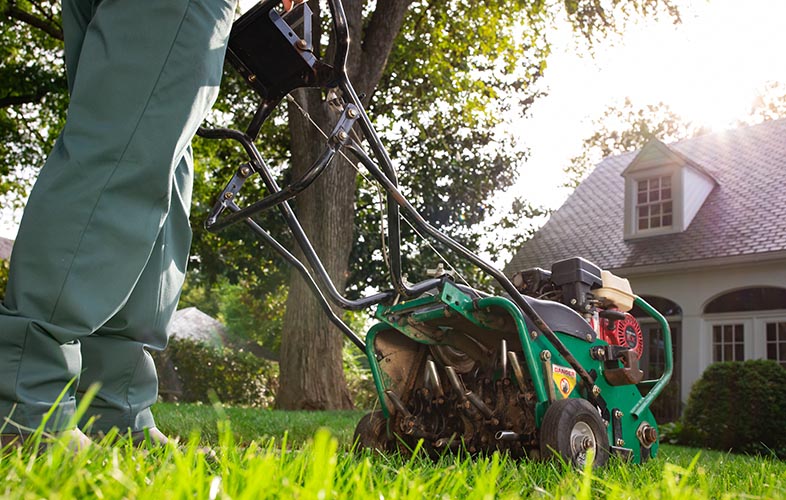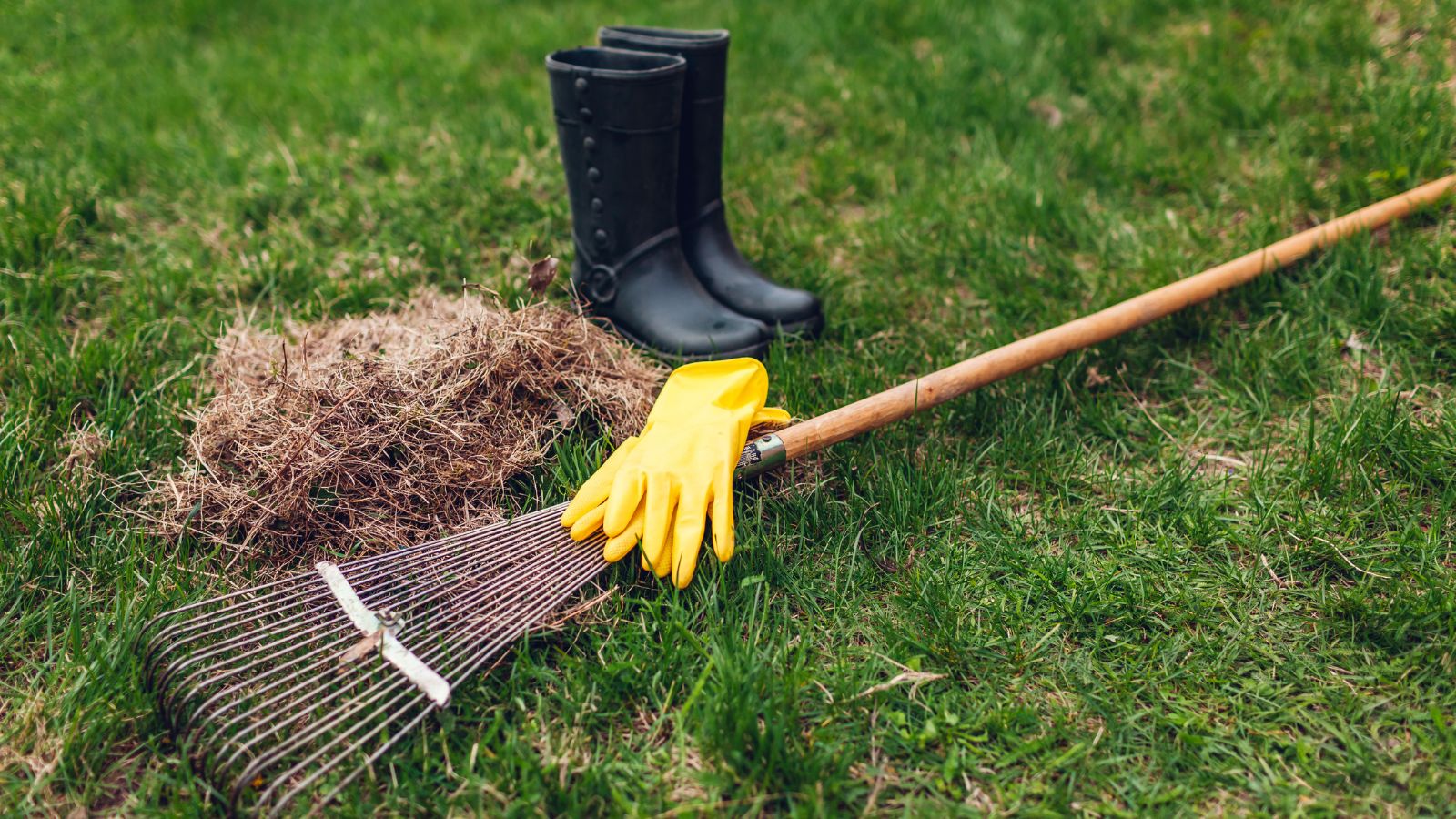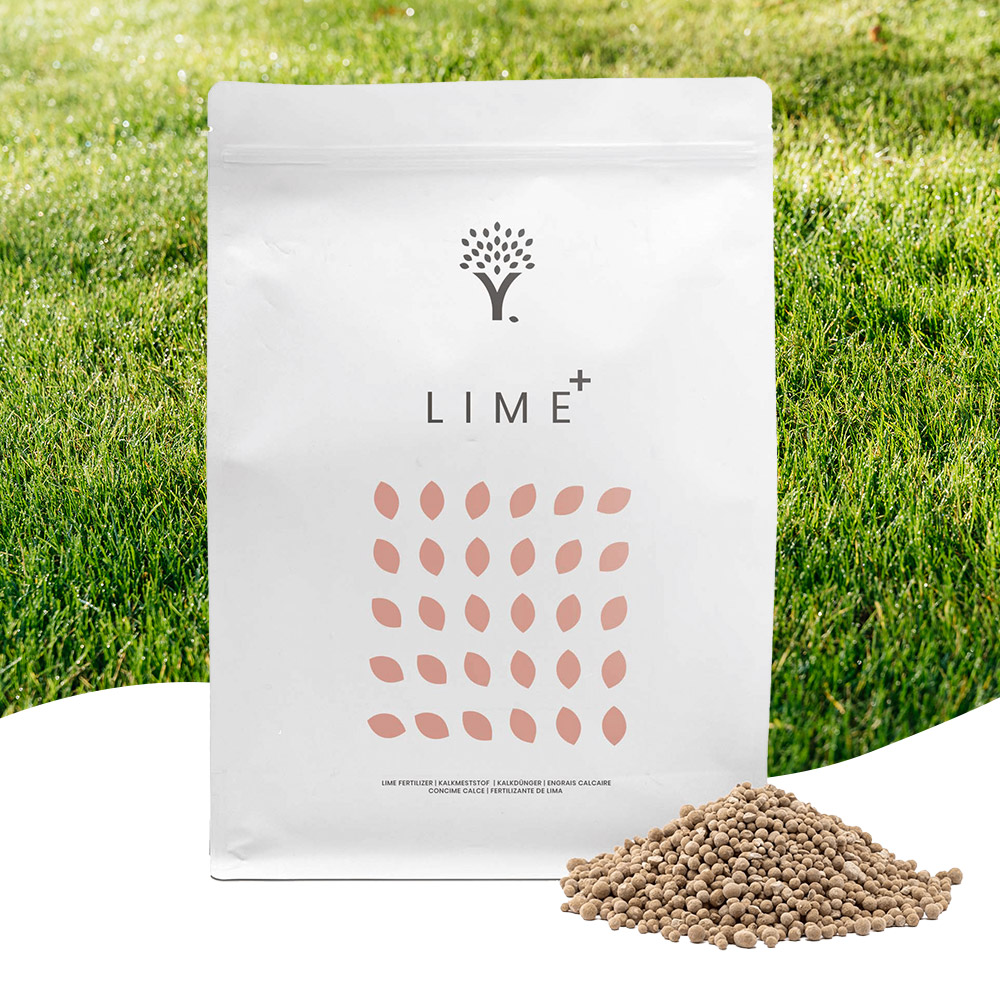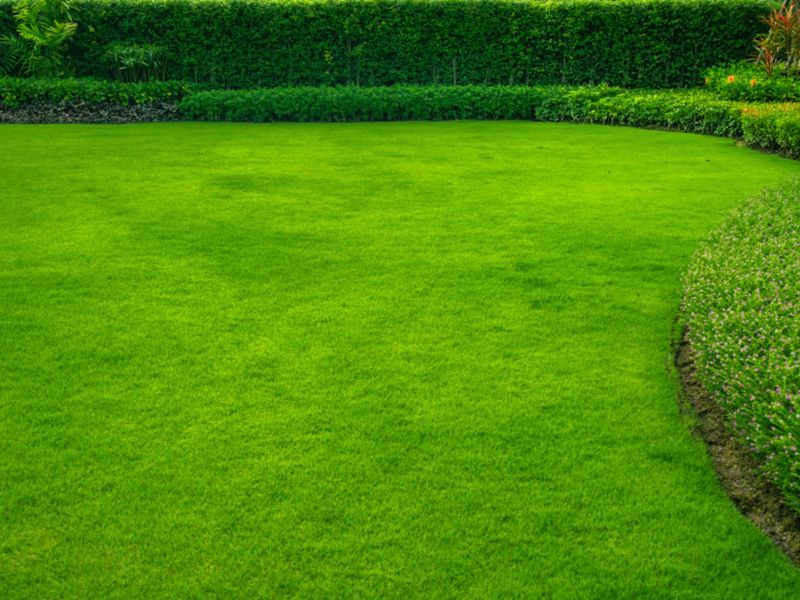How To Restore Your Lawn In Easy Steps
Introduction
A lush, green lawn is the envy of many homeowners. But what happens when your lawn starts to look tired and worn? If you're looking to restore your lawn to its former glory, you've come to the right place. In this blog post, we'll walk you through the steps on how to restore your lawn in easy steps.
Step 1: Assess the Damage
The first step is to assess the damage to your lawn. Is it just a few brown patches, or is the entire lawn looking thin and unhealthy? Once you know the extent of the damage, you can start to develop a plan of action.
Step 2: Remove Debris
If there are any leaves, twigs, or other debris on your lawn, remove them. This will help to improve air circulation and water penetration.
Step 3: Aerate the Soil
If your soil is compacted, it will be difficult for water and air to reach the roots of your grass. Aerating the soil will help to loosen it up and improve drainage.
Step 4: Overseed or Repair Bare Spots
If there are any bare spots in your lawn, you'll need to overseed or repair them. Overseeding is the process of spreading new grass seed over your lawn. This will help to fill in the bare spots and create a more uniform lawn. If the bare spots are small, you can simply repair them by planting grass plugs or sod.
Step 5: Fertilize Your Lawn
Fertilizer will help to feed your lawn and promote new growth. Be sure to use a fertilizer that is appropriate for your type of grass.
Step 6: Water Your Lawn Regularly
Watering your lawn is essential for keeping it healthy. The amount of water your lawn needs will vary depending on the climate and the type of grass you have.
Step 7: Mow Your Lawn Regularly
Mowing your lawn regularly will help to keep it looking neat and tidy. It will also help to remove dead and diseased grass, which can make your lawn more susceptible to pests and diseases.
Conclusion
Following these steps will help you to restore your lawn to its former glory. With a little care and attention, you can have a lush, green lawn that you'll be proud of.
If you're looking for more information about lawn restoration, I recommend visiting Home Gardening. This website has a wealth of information on how to restore your lawn, including step-by-step guides, tips, and tricks. You can also find information on the different types of lawn restoration services available, so you can find the right one for your needs.
FAQ of lawn restoration
- What are the signs of a lawn that needs restoration?
There are a few signs that your lawn may need restoration. These include:
* Thin or patchy grass
* Bare spots
* Weeds or other unwanted plants
* Brown or yellow grass
* Dry or compacted soil
- What are the causes of a lawn that needs restoration?
There are a number of factors that can cause a lawn to need restoration. These include:
* Overwatering or under watering
* Too much shade or too much sun
* Poor soil quality
Diseases or pests
Animal damage
- How do I restore my lawn?
There are a few steps you can take to restore your lawn. These include:
* Aerate the soil
* Add compost or other organic matter to the soil
* Seed or sod new grass
Fertilize the lawn regularly
Water the lawn deeply and infrequently
Control weeds and pests
- How long does it take to restore a lawn?
The amount of time it takes to restore a lawn depends on the severity of the problem. In some cases, you may see results in a few weeks. In other cases, it may take several months or even a year to fully restore your lawn.
- What are the costs of lawn restoration?
The cost of lawn restoration will vary depending on the size of your lawn and the severity of the problem. In general, you can expect to pay between $100 and $1,000 to restore a small lawn. The cost of restoring a large lawn can be significantly higher.
Image of lawn restoration
10 different images of lawn restoration that are free to use:
- A before and after image of a lawn that has been restored. The before image shows a patchy, brown lawn, while the after image shows a lush, green lawn.

- An image of a lawn being aerated. Aeration is a process that helps to improve the drainage and airflow in a lawn.

- An image of a lawn being dethatched. Dethatching is a process that removes dead and compacted thatch from a lawn.

- An image of a lawn being overseeded. Overseeding is a process that adds new grass seed to a lawn.

- An image of a lawn being fertilized. Fertilizing a lawn helps to improve the health and growth of the grass.

- An image of a lawn being watered. Watering a lawn is essential for keeping it healthy and green.

- An image of a lawn being weeded. Weeding a lawn helps to remove unwanted plants from the lawn.

- An image of a lawn being scarified. Scarifying is a process that helps to remove moss and thatch from a lawn.
- An image of a lawn being limed. Liming a lawn helps to improve the pH balance of the soil.

- An image of a lawn being pest-controlled. Pest control helps to protect a lawn from insects, diseases, and other pests.

Post a Comment for "How To Restore Your Lawn In Easy Steps"